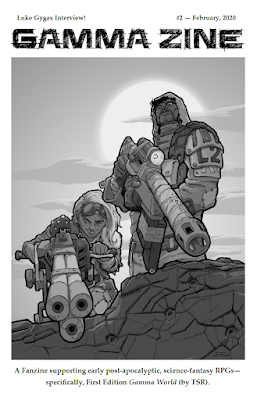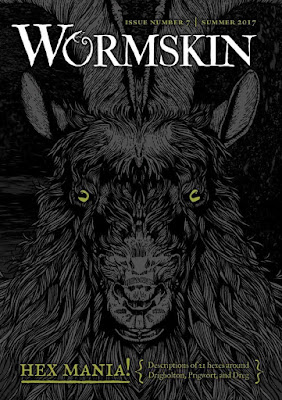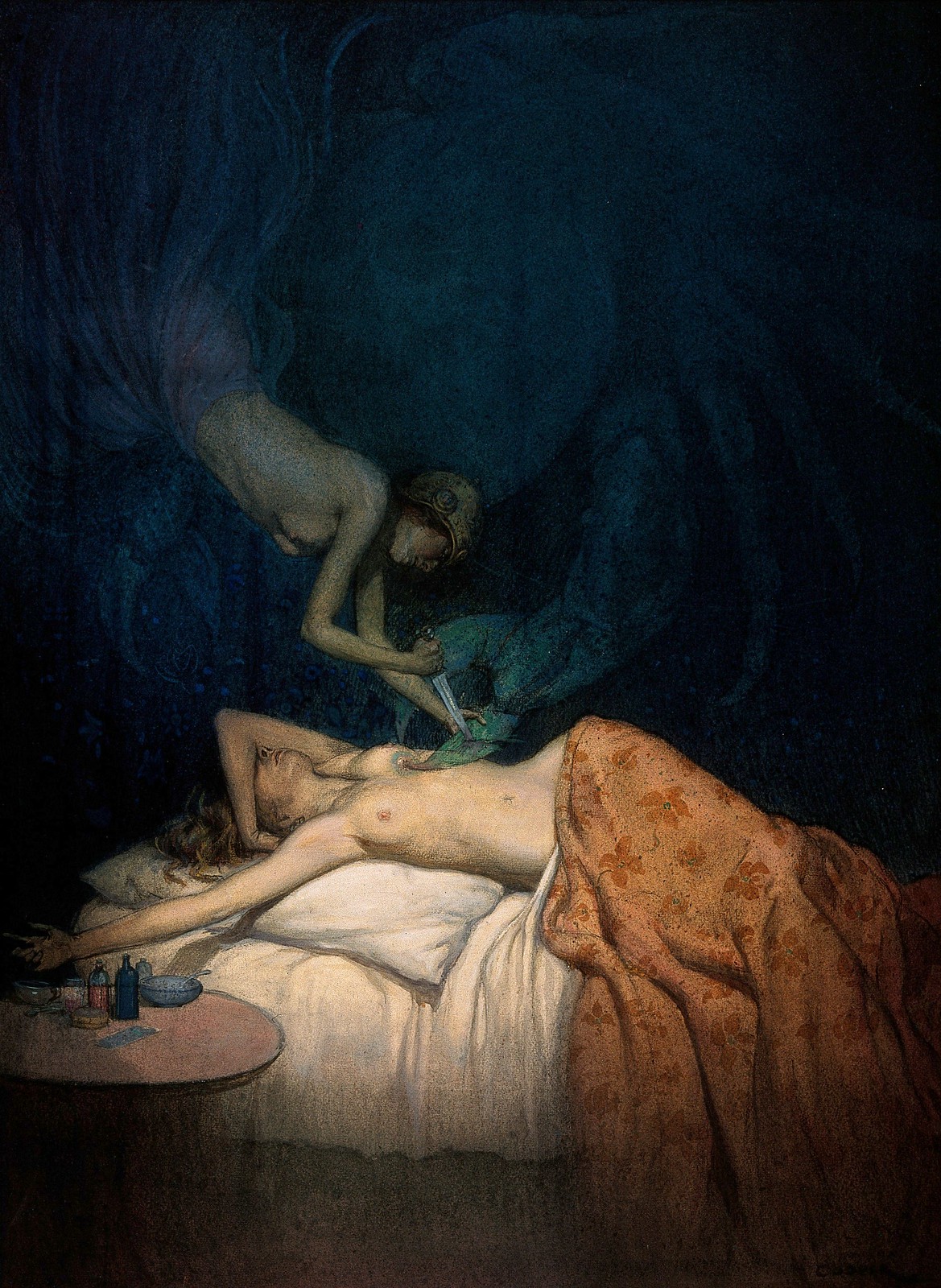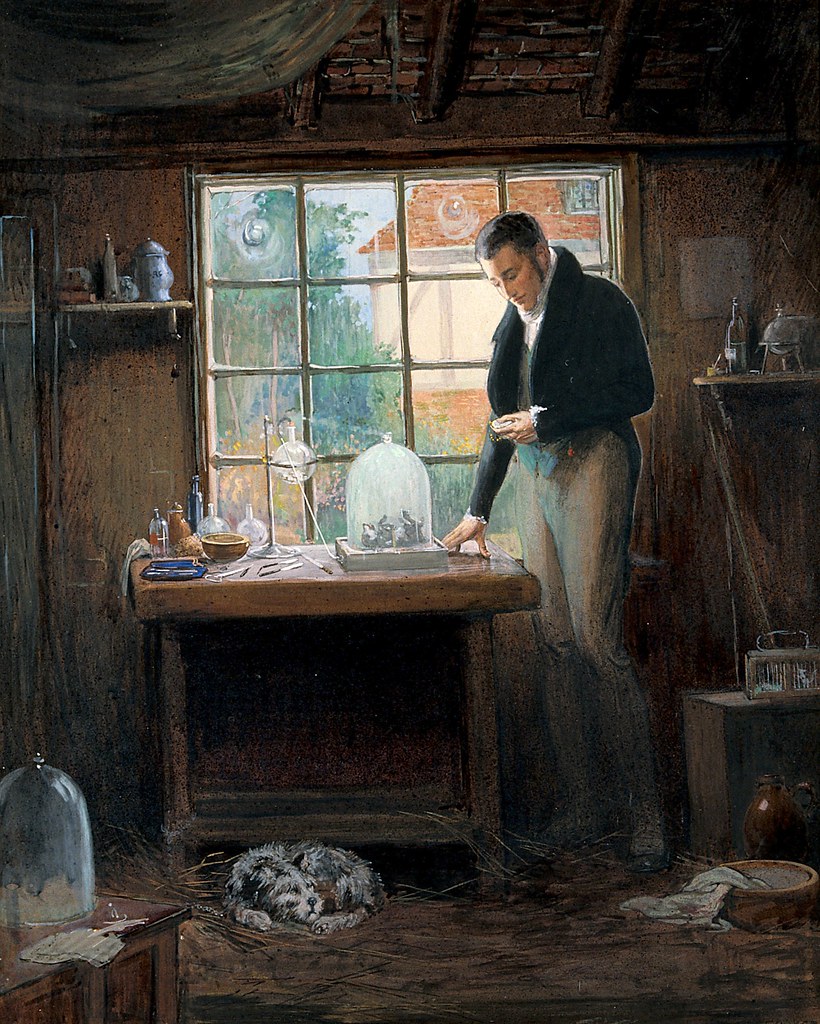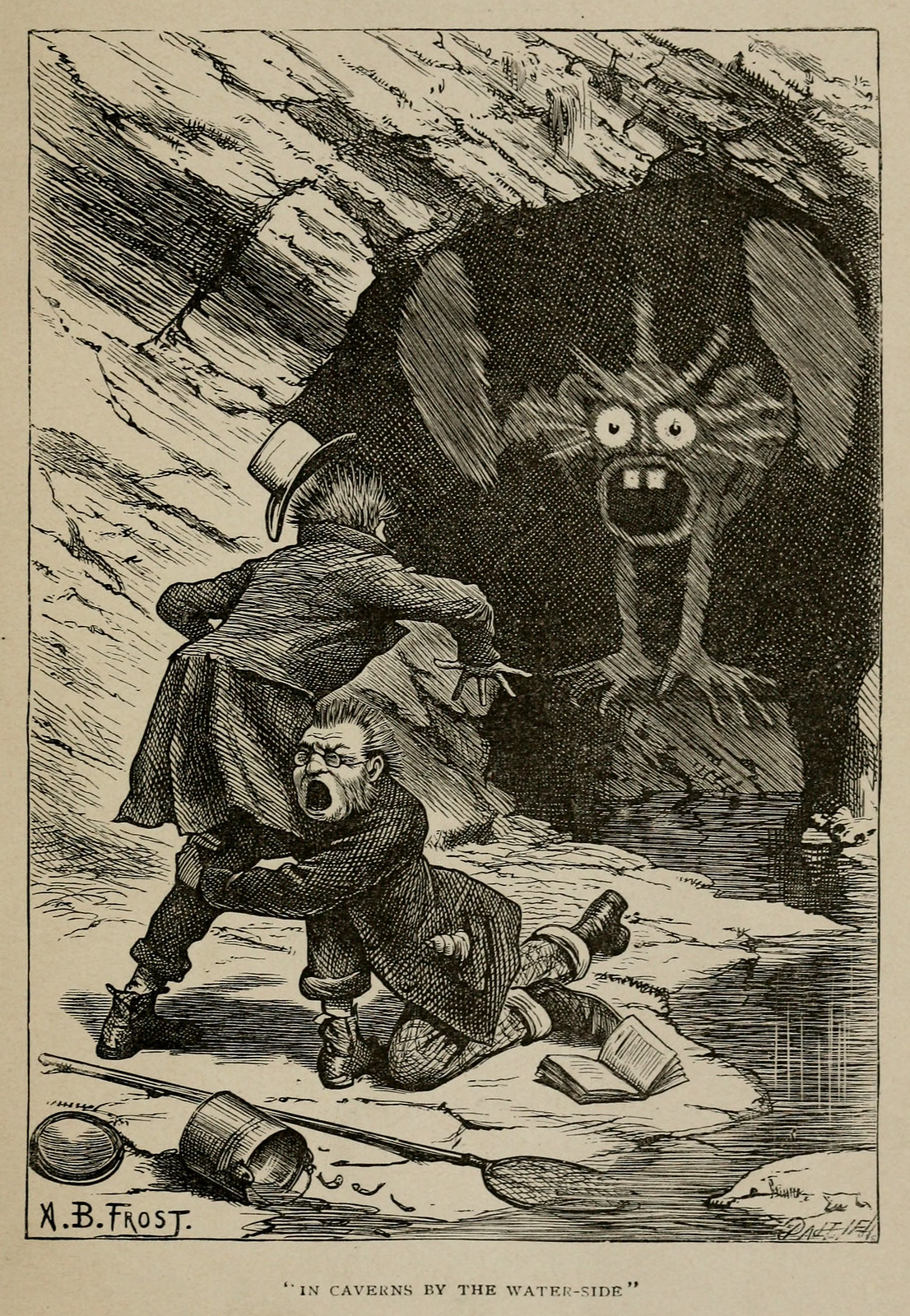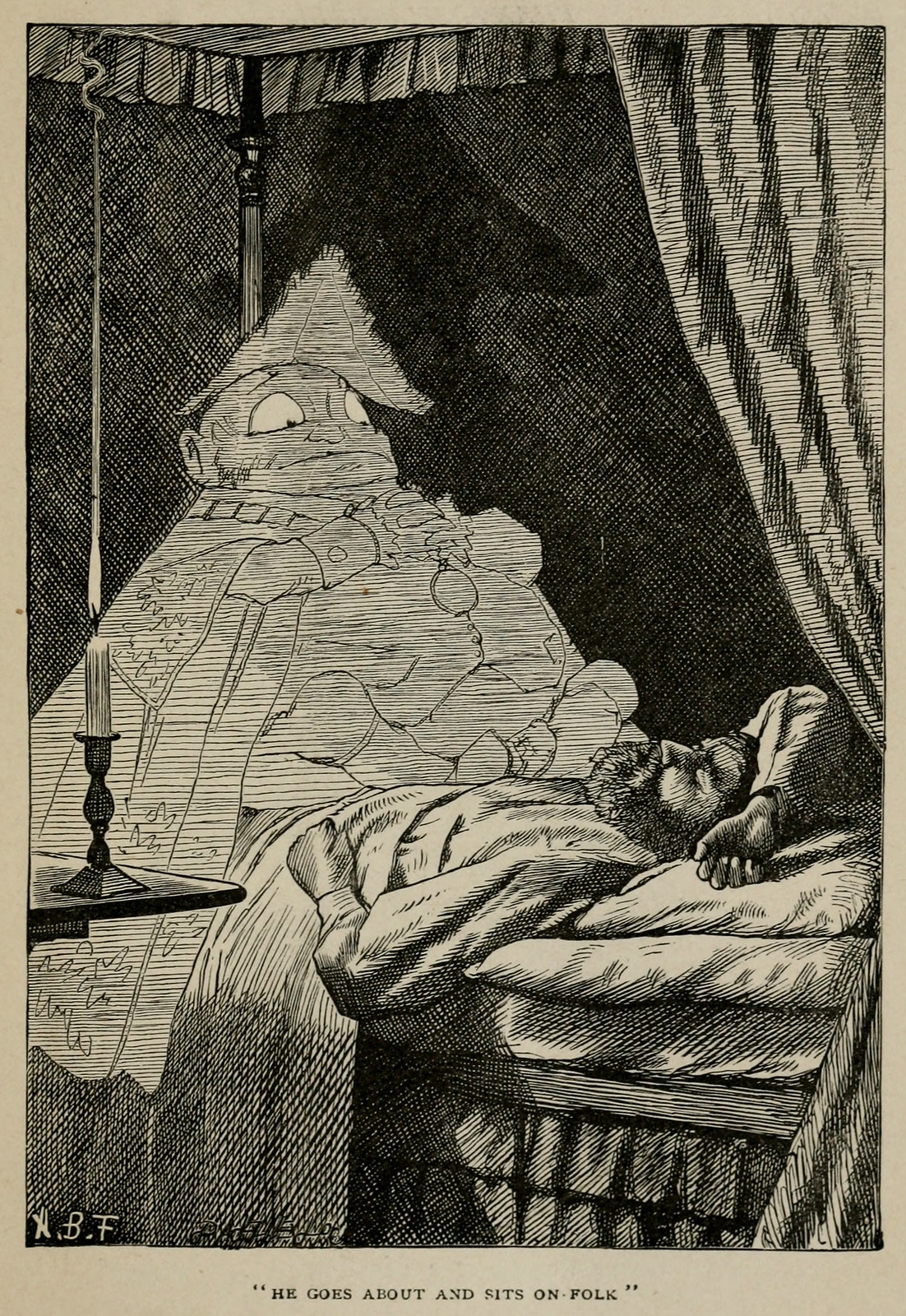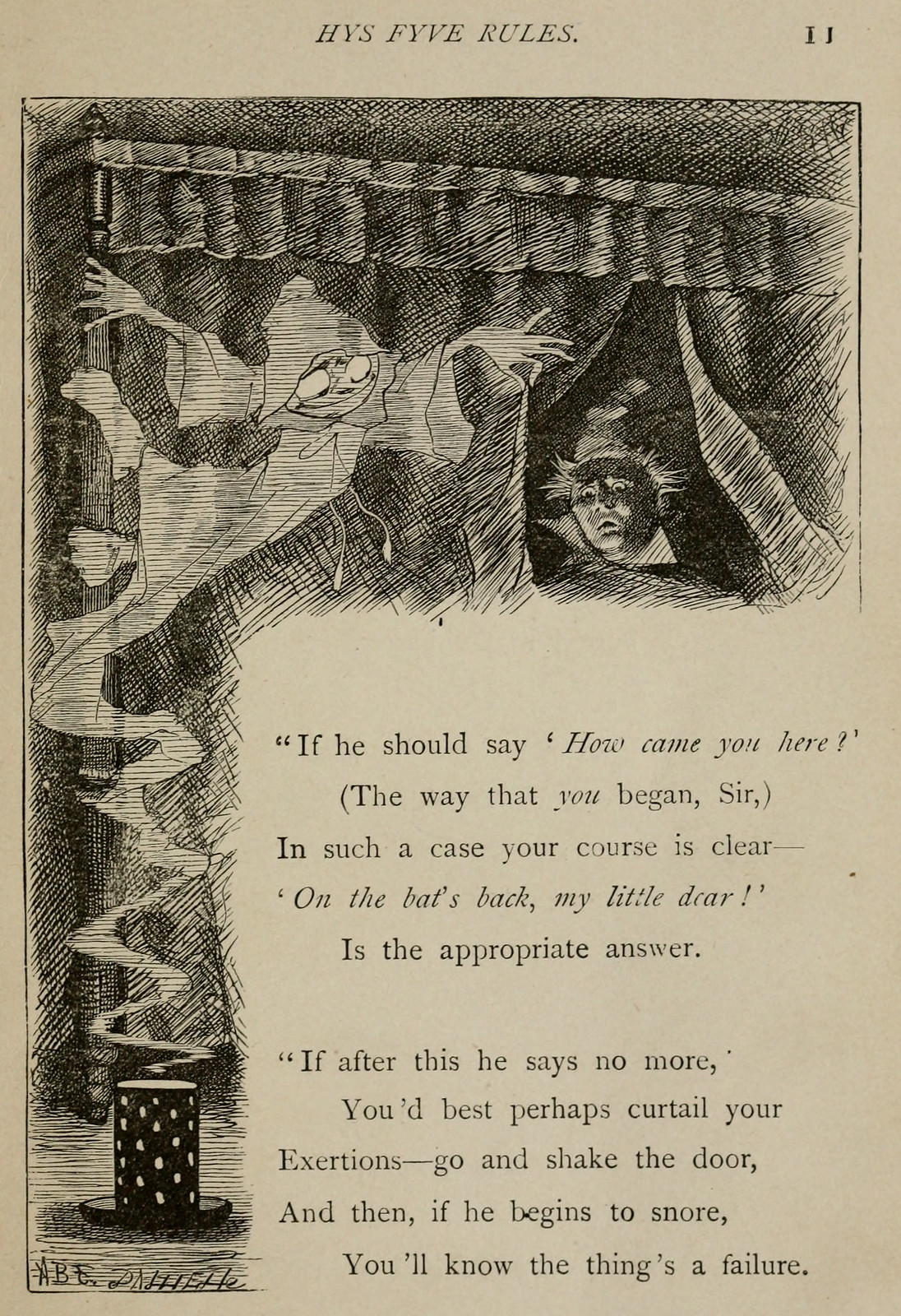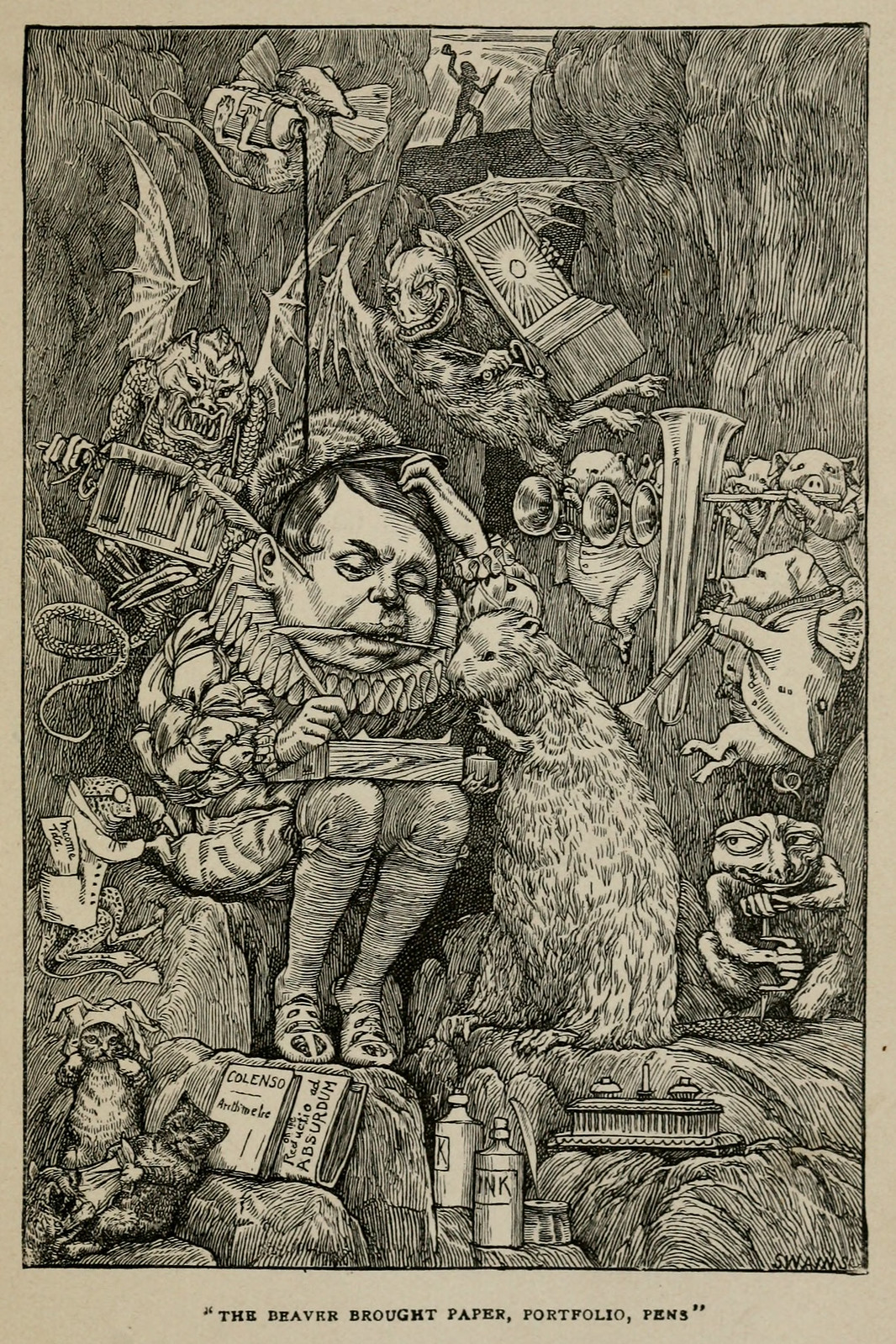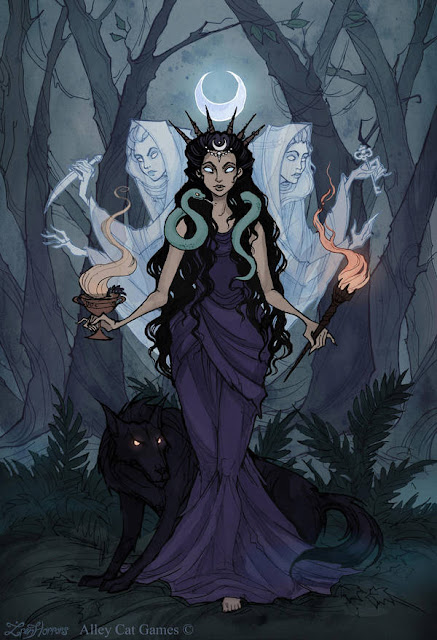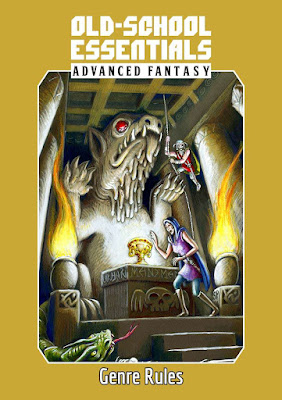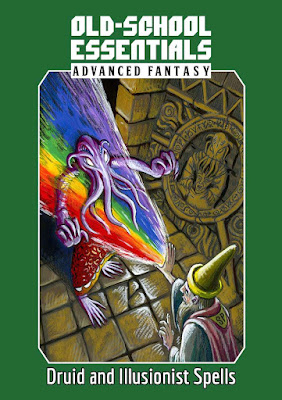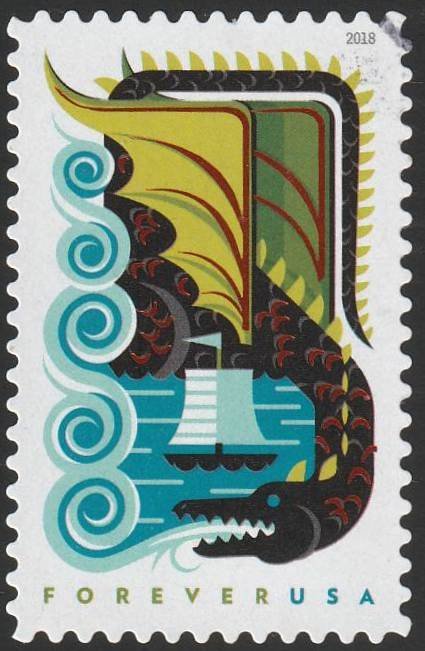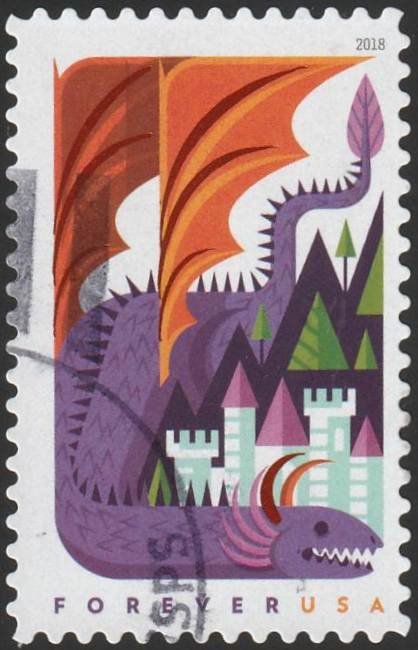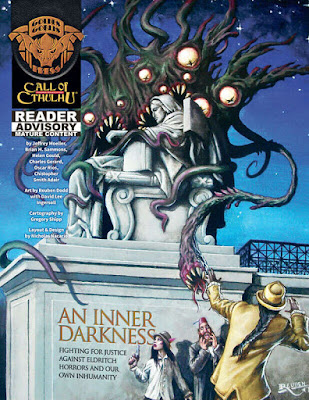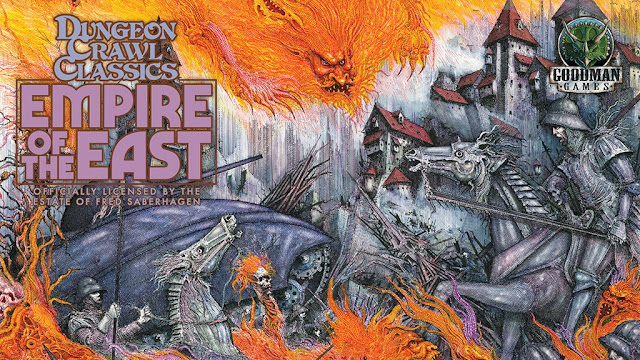[Fanzine Focus XX] Hearts in Glorantha Issue 1
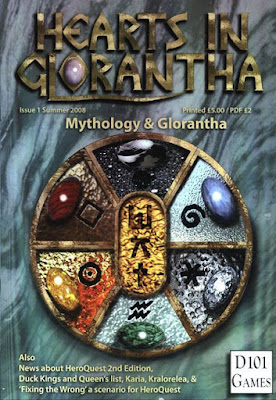 On the tail of the Old School Renaissance has come another movement—the rise of the fanzine. Although the fanzine—a nonprofessional and nonofficial publication produced by fans of a particular cultural phenomenon, got its start in Science Fiction fandom, in the gaming hobby it first started with Chess and Diplomacy fanzines before finding fertile ground in the roleplaying hobby in the 1970s. Here these amateurish publications allowed the hobby a public space for two things. First, they were somewhere that the hobby could voice opinions and ideas that lay outside those of a game’s publisher. Second, in the Golden Age of roleplaying when the Dungeon Masters were expected to create their own settings and adventures, they also provided a rough and ready source of support for the game of your choice. Many also served as vehicles for the fanzine editor’s house campaign and thus they showed another DM and group played said game. This would often change over time if a fanzine accepted submissions. Initially, fanzines were primarily dedicated to the big three RPGs of the 1970s—Dungeons & Dragons, RuneQuest, and Traveller—but fanzines have appeared dedicated to other RPGs since, some of which helped keep a game popular in the face of no official support.
On the tail of the Old School Renaissance has come another movement—the rise of the fanzine. Although the fanzine—a nonprofessional and nonofficial publication produced by fans of a particular cultural phenomenon, got its start in Science Fiction fandom, in the gaming hobby it first started with Chess and Diplomacy fanzines before finding fertile ground in the roleplaying hobby in the 1970s. Here these amateurish publications allowed the hobby a public space for two things. First, they were somewhere that the hobby could voice opinions and ideas that lay outside those of a game’s publisher. Second, in the Golden Age of roleplaying when the Dungeon Masters were expected to create their own settings and adventures, they also provided a rough and ready source of support for the game of your choice. Many also served as vehicles for the fanzine editor’s house campaign and thus they showed another DM and group played said game. This would often change over time if a fanzine accepted submissions. Initially, fanzines were primarily dedicated to the big three RPGs of the 1970s—Dungeons & Dragons, RuneQuest, and Traveller—but fanzines have appeared dedicated to other RPGs since, some of which helped keep a game popular in the face of no official support.Since 2008 with the publication of Fight On #1, the Old School Renaissance has had its own fanzines. The advantage of the Old School Renaissance is that the various Retroclones draw from the same source and thus one Dungeons & Dragons-style RPG is compatible with another. This means that the contents of one fanzine will compatible with the Retroclone that you already run and play even if not specifically written for it. Labyrinth Lord and Lamentations of the Flame Princess Weird Fantasy Roleplay have proved to be popular choices to base fanzines around, as has Swords & Wizardry. As popular in the Old School Renaissance as the genre is, not all fanzines are devoted to Dungeons & Dragons-style roleplaying games.
The world of Glorantha has had any number of fanzines dedicated to it over its forty year or so history, most notably, Wyrm’s Footnotes and Tales of the Reaching Moon. Published by D101 Games, Hearts in Glorantha is a more recent fanzine, having been published on an irregular basis since 2008. A total of seven issues have been published to date, with the first five collated as Hearts in Glorantha Vol 1 Collected. The inaugural issue, Hearts in Glorantha Issue 1 Summer 2008 was subtitled ‘Mythology & Glorantha’ and its focus is very much on the mythology and bringing it to your game. As well as the ‘Mythology & Glorantha’, it comes with two region guides, duck tales, an interview, and more.
The issue opens with John Ossoway’s ‘God Fall’. This details a location in north-eastern Prax, at least a week’s waterless journey from anywhere, a location where a century ago, a new star blazed across the sky and fell to earth. Hailed as a fallen god, its worshippers are known to receive prophetic visions and healing from him whilst they wait until the time he awakens, reveals his identity, and rewards them for their devotion. Both location and cult are described, and there are also notes for shifting God Fall to the Second Age. What is missing here is a scenario seed or two, something to give the description some application to help the Game Master include it in her game.
Publisher and editor of Hearts in Glorantha, Newt Newport, contributes several pieces to this first issue of the fanzine. The first is ‘Prologue Method For Character Generation’, which breaks the character creation process in HeroQuest into three steps—Childhood, Rites of Passage, and Early Experience, and has player and Game Master together explore what happened at each stage. This rewards both with enhanced character creation and background and experience of how the character works in play. He also details a frontier country in the Eastern Wilds of Ralios in two articles—‘Karia’ and ‘Karia Mythology and History’. The first is a gazetteer for Karia, a rough land and only separated from Dorastor Land of Doom by the Kartolin Pass, barely populated by settlers from the Kingdom of Delela, exiles from the Dukedom of Naskorion, and Trolls from the Queendom of Halikiv. The second provides context and background, not just from one point of view, but multiple points. This includes the Orlanthis, the Trolls, and more, before bringing the region up to date at the dawn of the Hero Wars.
‘Homeland: Kralori’ by Mark Galeotti explores Kralorela, the Kingdom of Splendor in Eastern Genertela. It details this very traditional, caste-bound culture, their common faiths, and the Kralori pantheon. This is supported with particular Keywords for use with HeroQuest and nicely captures the conservative nature of the society. Elsewhere Stuart Mousir-Harrison describes Aweke, a low-growing ground herb found across Pralorela and elsewhere for ‘Flora of Glorantha’. It details how although difficult to cultivate, it has stimulating and endurance-enhancing properties.
The ‘Mythology & Glorantha’ focus gets underway with David Dunham’s ‘The Tale Theft’. This is a ‘do-it-yourself’ means of creating heroquests, using words and ideas on cards as elements which players can tribute towards both creation and play of a heroquest. By implication, it is written for use with HeroQuest and supported by a full example or two. This emphasises the storytelling aspects of HeroQuest and would actually work with the next article, ‘Location Mythlets’. Here Jane Williams looks at how to take the two-line myths from the Dragon Pass Gazetteer and by answering a few questions—what the Game Masters wants, how to build the myth, how it might differ from the myth’s norm, and how it might all go together. Again, it comes several examples. How a heroquest might differ from the norm is entertainingly illustrated in the first of third pieces of fiction in the issue. This is in James Williams’ second contribution to the issue, ‘Lookout Hill’, telling how a heroquest to ensure that the Thunder Brothers burned off the darkness at the foot of the Quivini Mountains became something more. The second piece of fiction, Jeff Richards’ ‘The Seduction of Tarahelera’ tells of what is perhaps a more straightforward heroquest, but is no less entertaining. The third is ‘Using a Charm’, an instructive piece on the nature of dealing with spirits by Greg Stafford.
Perhaps the most fun piece in Hearts in Glorantha Issue 1 is ‘Rymes & Ribbolds Royall – The Kings and Queens of the Durulz’. Written by Stewart Stansfield with Keith Nellist, this presents idea that a chronicle of the kings and queens of the wereducks of Dragon Pass was written as a series of comedic poems, most notably by the skald known as Waddlewit. This is supported by three sample excerpts and histories for a particular monarch, as well as the full stats in HeroQuest for the artefacts associated with them. So for example, Holgreema the Rotbane, Queen Starbolt, wanton despot who wooed the river god, performed the Cutting of the Zombie Chain, and cast her left eye into the swamp to watch its borders is accompanied by a write-up of the Chariot of the Gods, Spirits, and Essences of the Creek-Stream River, a water-chariot made from a giant Dragonsnail shell. Typical spirits associated with the chariot are also described. All together a highly entertaining piece of lore.
The interview in Hearts in Glorantha Issue 1 is with Jeff Richard. ‘Newt Talks to Jeff Richard’ is a fairly lengthy piece covering a number of subjects, including the then development of HeroQuest 2, as well as Pavis: Gateway to Glorantha, Cults of Sartar, and more. It highlights in the main the intended ease of play of HeroQuest 2 in comparison to the first edition of HeroQuest. As interesting as the interview is in capturing the then state of roleplaying Glorantha—after all, 2008 was a very different time with different publishers—it is not particularly interesting in itself.
The single scenario in Hearts in Glorantha Issue 1 is Newt Newport’s ‘Fixing the Wrong’. Set in Dragon Pass, it casts the player characters as either Lunars or Heortlings. Since published in Gloranthan Adventures 1: New Beginnings, it takes place in the former lands of the Hazel Owl clan, which was all but obliterated by the Lunar Empire following an uprising. The Lunar Empire was not without compassion and established a mission house to attend to the refugees who survived, including the then beautiful daughter of Hazel Owl chieftain, Jalhena the Gentle. Driven mad by the experience, in the years since, Jalhena the Gentle has become Jalhena the Hag and a Lunar convert, so when she approaches the neighbouring Birch Shaper clan in order to claim the hand of the chief’s son in marriage, mediators are required. Which is where the Player Characters become involved. The scenario comes with a full cast list, location descriptions, and scenes, including a heroquest. Of course, timewise, this is now a slightly difficult scenario to run, but it could certainly be run as a flashback.
Physically, Hearts in Glorantha Issue 1 Summer 2008 is decently presented. It needs a slight edit in places, but is in the main, very readable. It is lightly illustrated, but the artwork is good—or even excellent in the case of the ducks! Hearts in Glorantha Issue 1 Summer 2008 is twelve years old and it shows very much in the choice of gaming systems referenced—though this is generally down with a little touch—and of course, the time frame. Nevertheless, this does not mean that the contents are invalid or useless, the discussion on the nature and construction of heroquests is thoughtful, the fiction entertaining, and the background interesting if not immediately useful. Overall, Hearts in Glorantha Issue 1 Summer 2008 is a solidly thoughtful first issue.
